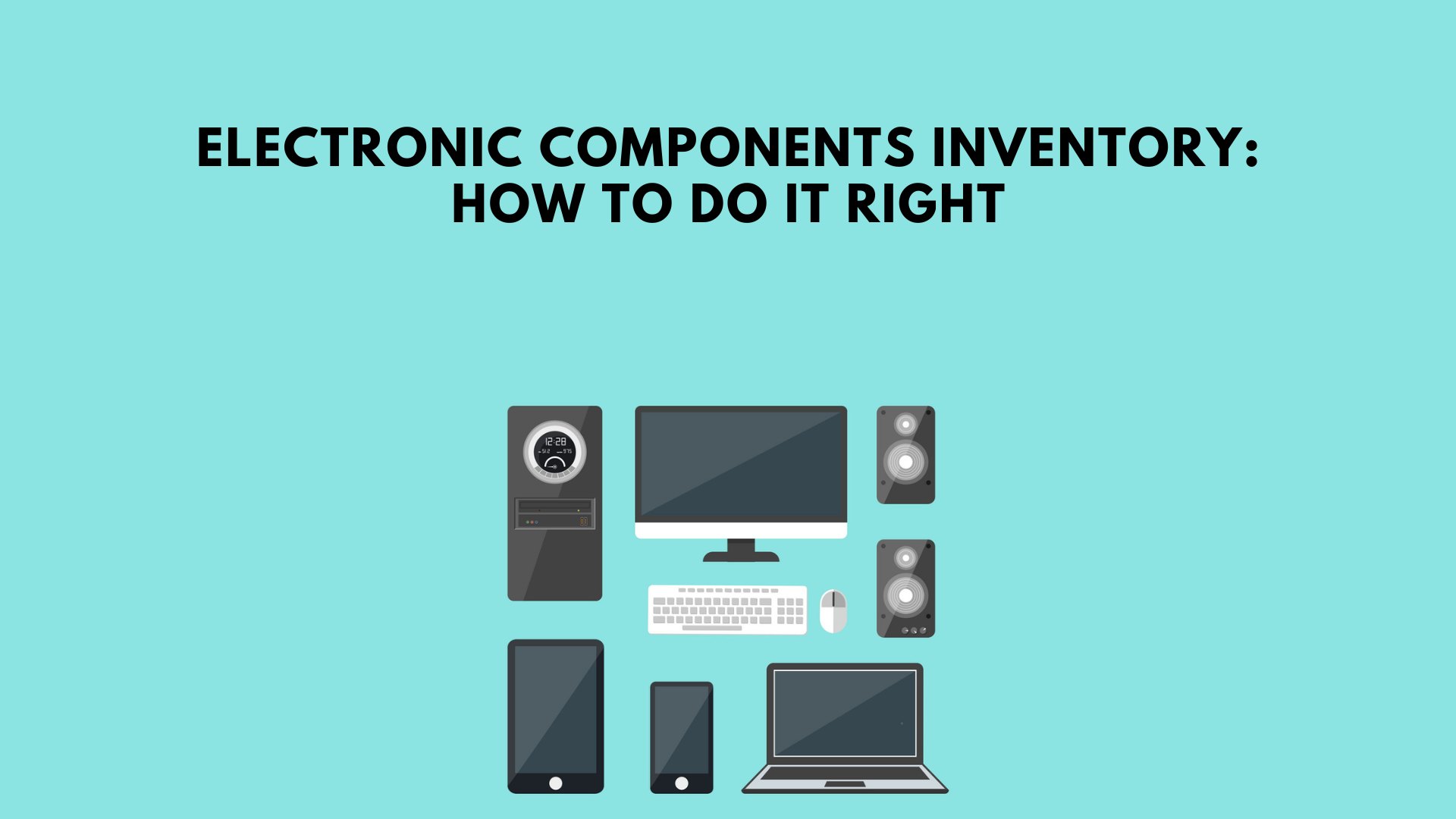Managing inventory for electronic components is a critical task for businesses involved in manufacturing, distribution, and repair of electronic devices. The complexity of electronic components inventory management lies in the vast variety of parts, their sensitivity to environmental conditions, and the rapid pace of technological advancement. In this blog, we will explore best practices for effectively managing electronic components inventory, ensuring accuracy, efficiency, and reliability.
Understanding the Challenges
1. Component Variety and Volume
Electronic components come in a multitude of types, sizes, and specifications. Managing such a diverse inventory requires meticulous organization and tracking to prevent errors and ensure the availability of the right components when needed.
2. Shelf Life and Sensitivity
Many electronic components have limited shelf lives and are sensitive to environmental factors such as temperature, humidity, and static electricity. Proper storage and handling are crucial to maintain their integrity and functionality.
3. Technological Obsolescence
The rapid pace of technological advancement means that electronic components can quickly become obsolete. Effective inventory management must account for this to avoid overstocking obsolete parts and ensure timely updates to newer components.
Best Practices for Managing Electronic Components Inventory
1. Implement an Inventory Management System
Choose the Right Software
Invest in a robust inventory management system (IMS) tailored for electronic components. Look for features such as real-time tracking, barcode/RFID integration, and automated alerts for low stock levels and expiration dates.
Integration and Automation
Integrate your IMS with other business systems like ERP (Enterprise Resource Planning) and CRM (Customer Relationship Management) to streamline operations and improve data accuracy. Automate repetitive tasks such as order processing and inventory updates to reduce manual errors and save time.
2. Organize Your Inventory
Categorization and Labeling
Categorize components based on type, manufacturer, specifications, and usage. Use clear and consistent labeling with barcodes or RFID tags to facilitate easy identification and tracking.
Storage Solutions
Invest in suitable storage solutions that protect components from environmental damage. Use anti-static bins, humidity-controlled cabinets, and temperature-regulated storage for sensitive items.
3. Maintain Accurate Records
Real-Time Updates
Ensure that your IMS is updated in real-time with every inventory transaction, including receipts, issues, and adjustments. This helps in maintaining accurate inventory levels and reduces discrepancies.
Regular Audits
Conduct regular physical audits to verify the accuracy of inventory records. Schedule periodic cycle counts for high-value or fast-moving components to identify and correct discrepancies promptly.
4. Forecasting and Demand Planning
Historical Data Analysis
Analyze historical sales and usage data to forecast demand accurately. Use this data to set reorder points and safety stock levels, ensuring you have enough inventory to meet demand without overstocking.
Collaboration with Suppliers
Collaborate with suppliers to share demand forecasts and inventory levels. This helps in maintaining a reliable supply chain and reducing lead times for critical components.
5. Manage Obsolescence
Regular Reviews
Conduct regular reviews of your inventory to identify obsolete or slow-moving components. Develop a strategy to phase out obsolete parts and replace them with newer versions.
Supplier Relationships
Maintain strong relationships with suppliers to stay informed about upcoming product changes and end-of-life notifications. This allows you to plan for transitions and minimize disruptions.
6. Quality Control and Handling
Incoming Inspection
Implement a thorough incoming inspection process to verify the quality and specifications of received components. This helps in identifying defects and discrepancies before they enter your inventory.
Proper Handling Procedures
Train your staff on proper handling procedures to prevent damage from static electricity, moisture, and other environmental factors. Use appropriate tools and protective gear during handling and assembly.
Conclusion
Effective management of electronic components inventory is essential for ensuring the smooth operation of manufacturing, distribution, and repair processes. By implementing a robust inventory management system, organizing inventory systematically, maintaining accurate records, forecasting demand, managing obsolescence, and ensuring quality control, businesses can overcome the challenges and achieve efficient inventory management.
Adopting these best practices will not only improve operational efficiency but also reduce costs, minimize downtime, and enhance customer satisfaction. In the fast-paced world of electronics, staying ahead of inventory challenges is key to maintaining a competitive edge and driving business success.









